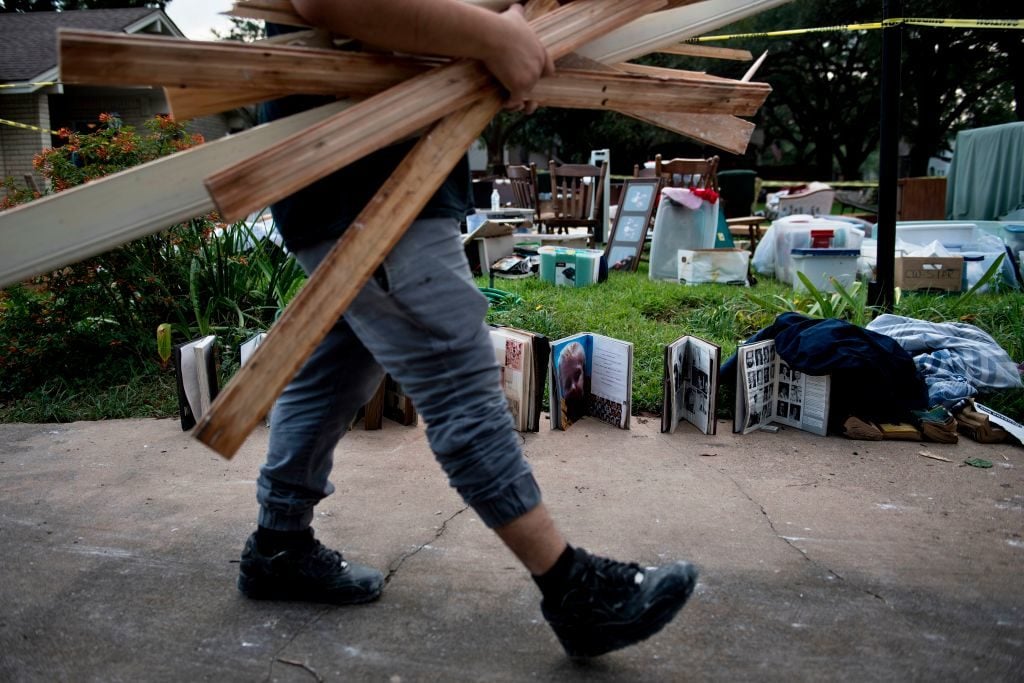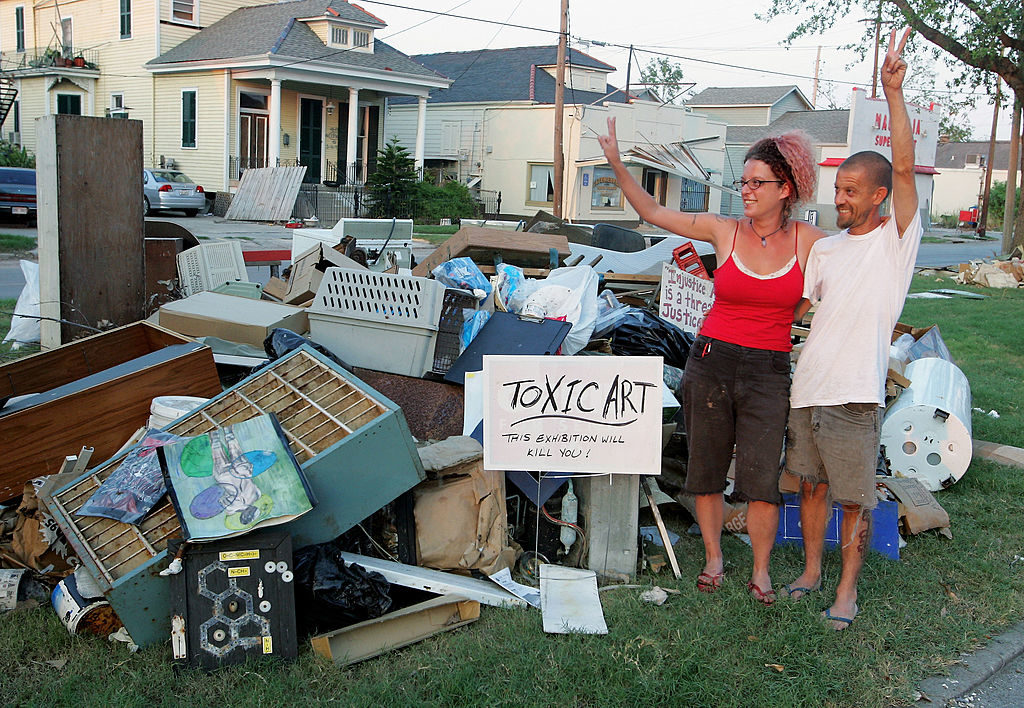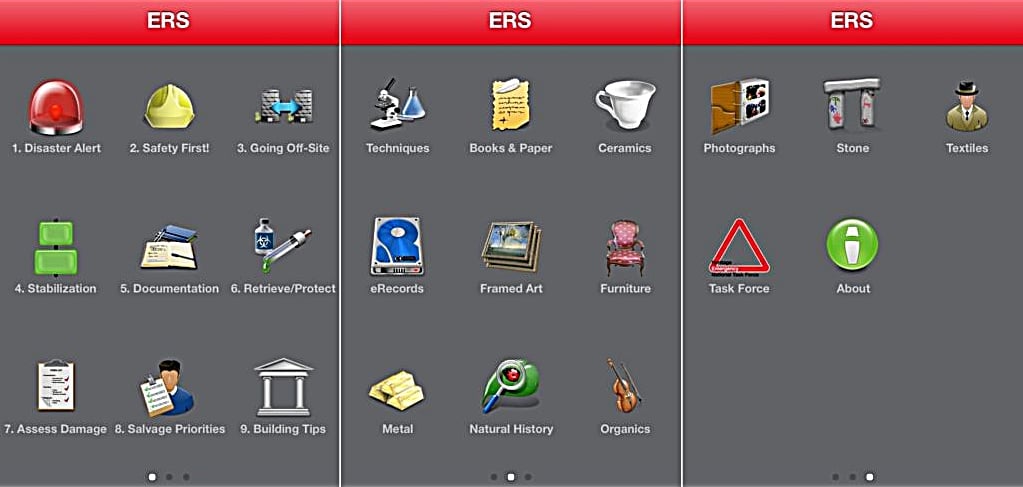Art World
As Hurricanes Descend, Top Conservators Set Up an Emergency Hotline—and App—to Rescue Waterlogged Art
There's also a dedicated hotline and an app to help you salvage your art.

There's also a dedicated hotline and an app to help you salvage your art.

Caroline Goldstein

As Hurricane Irma plows through the Caribbean and barrels toward Florida, thousands are jamming the highways to evacuate flood zones. Little feels certain. But an unlikely group of experts—art conservators—have banded together to do what they can, manning a 24-hour hotline that offers practical methods to treat water-damaged art. A small army of volunteers is also on standby to survey the damage in person after the skies clear.
On September 5—soon after Hurricane Harvey swept through Texas and before Irma approached the US—the American Institute for Conservation of Historic and Artistic Works (AIC) and its affiliate foundation FAIC released a statement to cultural organizations around the world, offering free emergency response assistance and advice for those affected by the storm. The organization has also been lighting up social media to spread information about how to keep collections sheltered in the path of severe weather and how to salvage items that have been damaged.

Artist Andrea Garland and her husband artist Jeffrey Holmes, outside their home in the Upper Ninth Ward, 2005 in New Orleans. Photo by Ethan Miller/Getty Images.
The National Heritage Responders hotline is staffed by a crew of 100 conservators, registrars, archivists, and other collection-care professionals who volunteer on a rotating basis to manage the phone line 24/7. During periods of heightened volume—like the days and weeks after Harvey, and in the run-up to Irma’s landfall—the hotline is staffed by an even wider range of experts who specialize in different materials including photographs, books, and textiles.
Once connected, the conservator walks callers through the first steps to mitigate mold growth and arrest further damage. The organization also offers boots-on-the-ground assistance, dispatching members throughout the country to assess the scale of damage at a particular site. Someone is always within driving distance: It typically takes between four to seven days for a volunteer to arrive.

The app has easy-access tips for collections ranging from ceramics to electronics. Courtesy of the NCPTT, © 2017 AIC.
Another important resource is the Emergency Response and Salvage Mobile App, a handy mobile tool created by the National Center for Preservation Technology and Training. Although designed for museum professionals, the free app offers useful information for anyone dealing with water damage.
Here are a few tips from these dedicated experts to help keep precious items safe from the storm.